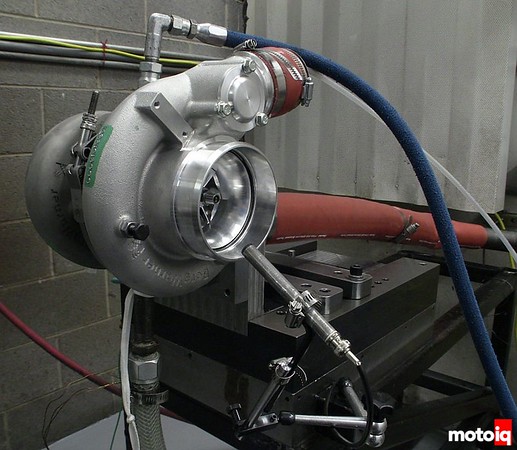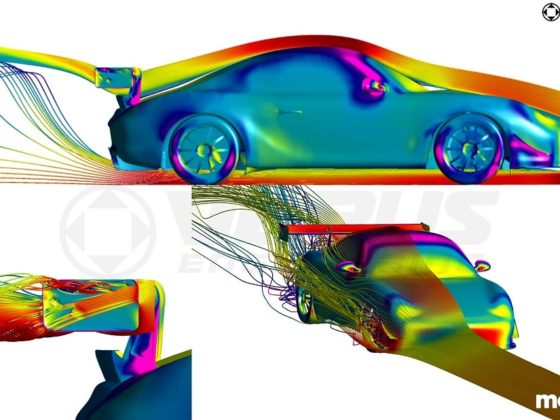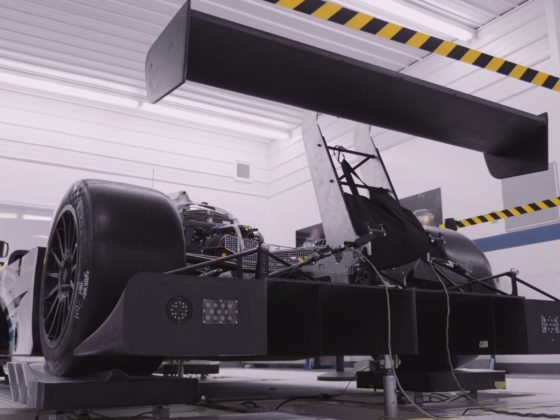
The MotoIQ family would like to wish the BorgWarner EFR Turbo a happy tenth birthday! It seems like just a few years ago when we first set eyes on the EFR Turbo at the 2010 SEMA show. With its advanced features we knew it would be a great class leading turbo for many years to come. Even though it has been 10 years, the EFR’s features are still advanced, making them a great choice in any application from Motorsports to hot street machines. Here is a recap of the best EFR features!
Gamma-Ti Turbine Wheels
The heart of EFR’s impressive feature set is the titanium-aluminide turbine wheels. BorgWarner claims the EFR turbine wheels are nearly 50% lighter than the same sized wheel made from Inconel. What this means to you is superior transient response from the ultra low inertia and lower stress on the turbine shaft and bearing section which will result in longer turbo life. Have you ever revved an engine with an ultra light clutch and flywheel (e.g. Tilton carbon 7.5” twin plate) and noticed how freely it revs up compared to stock? It’s a similar deal here, except when the turbo accelerates faster air is compressed faster and your turbo lag will be reduced. With such a low inertia the turbine wheel will accelerate much quicker, even with less exhaust gas energy. The downside to titanium-aluminide turbine wheels is that they are more brittle. Where an inconel or GMR turbine wheel will bend, the titanium-aluminide turbine wheel will probably chip. During BW’s destructive testing it was discovered that there was zero loss in turbine wheel efficiency even when a couple of blades were missing. They’re difficult and expensive to cast, but well worth the effort. EFR titanium-aluminide turbine wheels reduce inertia by over 50%.

Investment Cast Stainless Steel Turbine Housings
Stainless steel of course offers superior corrosion resistance, so no more rusty iron turbine housings. Another benefit of 300 series stainless steel is its superior strength, which allows a thinner wall casting. When we say “thinner” we mean thinner for an OEM level manufacturer. Large turbo companies like Garrett, IHI, and BorgWarner actually test their turbos for burst containment. So when a turbine wheel explodes the casting will contain the exploding turbine wheel. The investment cast surface quality gives the housing a much smoother cast surface, which also benefits gas flow.

Ball Bearing Center Section
BorgWarner’s dual row ceramic ball bearings and M50 metal cage offer a massive reduction in friction from a turbo with a thrust bearing. There are actually two sizes of EFR turbos, B1 and B2. The B1 turbos have a smaller bearing cage, but it is still substantially larger than their competitor’s bearings. The B2 has the monster bearing section designed for extreme duty applications. The turbine and compressor sections are sealed with dual piston rings at both ends to virtually eliminate oil leaking into either housing. The only downside to all this trickness is a longer physical length. As an example, a BW EFR8391 is 16mm longer than a Garrett GT40R.

Flexible Compressor Housing
On the large type “C” compressor housing found on the two largest EFR turbos, the outlet is machined so that you can either use a hose connection or a v-band with o-ring connection for an added degree of flexibility. We recommend the v-band connection with solidly mounted engines and the hose connection with rubber engine mounts.


